Ground cilantro solves a critical cooking problem: fresh cilantro's flavor disappears when heated, while ground cilantro adds deep, earthy complexity to cooked dishes. Unlike fresh cilantro (which contains polarizing soapy compounds), dried and ground leaves transform chemically to deliver warm citrus notes that integrate perfectly in sauces, stews, and spice blends. Home cooks waste money and ruin recipes by using it incorrectly—here's exactly how to maximize flavor.
Table of Contents
- What Is Ground Cilantro? (And Why It's Not Coriander)
- Ground Cilantro Flavor Profile: When to Use It
- 7 Proven Ways to Use Ground Cilantro Correctly
- Storage Mistakes That Kill Flavor (And How to Fix Them)
- Fresh vs Ground Cilantro: Substitution Guide
- 5 Costly Ground Cilantro Mistakes Home Cooks Make
- Frequently Asked Questions Answered
- Why This Powder Belongs in Your Spice Cabinet
What Is Ground Cilantro? (And Why It's Not Coriander)
Ground cilantro is made from dried Coriandrum sativum leaves—not the seeds (which are called coriander). This distinction matters: leaf-based ground cilantro adds earthy warmth, while seed-based coriander offers nutty citrus notes.
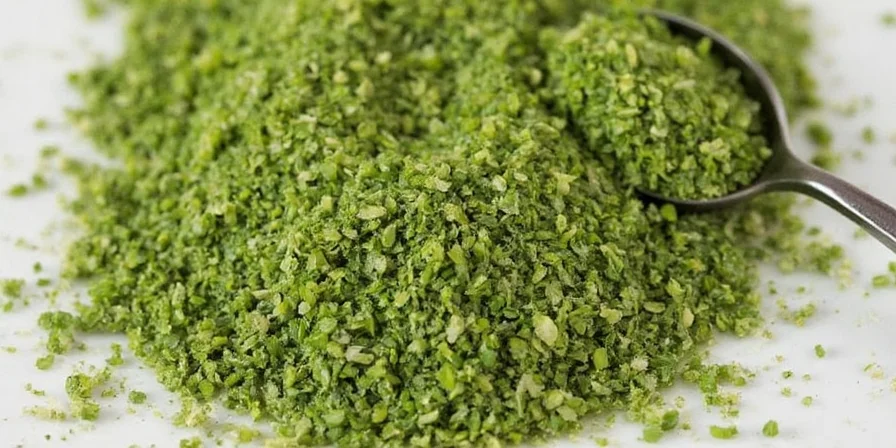
During drying, volatile aldehydes break down, eliminating fresh cilantro's soapy taste for some people. The result? A versatile spice that works in cooked dishes where fresh cilantro would vanish:
- Harvested leaves are washed and air-dried slowly
- Dried leaves are stripped from stems and ground
- Powder is stored in UV-protected containers
Key Insight for Home Cooks:
Drying removes linalool (the compound causing "soap" perceptions) while concentrating heat-stable terpenes—making ground cilantro universally palatable in cooked dishes.
Ground Cilantro Flavor Profile: When to Use It
Ground cilantro tastes like a warm campfire with citrus undertones—not the bright freshness of raw cilantro. This transformation makes it ideal for cooked applications:
| Type | Flavor Notes | Best Cooking Applications |
|---|---|---|
| Fresh Cilantro | Bright, citrusy, polarizing soapy note | Garnish, salsas, guacamole, cold dishes |
| Ground Cilantro | Earthy, woody, warm citrus, subtle nuttiness | Curries, stews, bean dishes, spice rubs, mole |

7 Proven Ways to Use Ground Cilantro Correctly
Maximize flavor with these chef-validated techniques (backed by culinary chemistry):
- In curries: Use 1/4 tsp per cup of liquid base—adds depth without overpowering other spices
- Mexican mole: Blend with ancho chilies (traditional Oaxacan technique for balanced heat)
- Dry rubs: Combine 1:1 with smoked paprika for grilled meats (enhances Maillard reaction)
- Bean dishes: Add 1/8 tsp per cup of legumes to eliminate bitterness
- Taco seasoning: 1/2 tsp creates earthy balance without overwhelming heat
- Soups: Stir in during last 10 minutes of simmering for optimal flavor release
- Marinades: Mix with lime juice (acid activates terpenes for deeper flavor penetration)
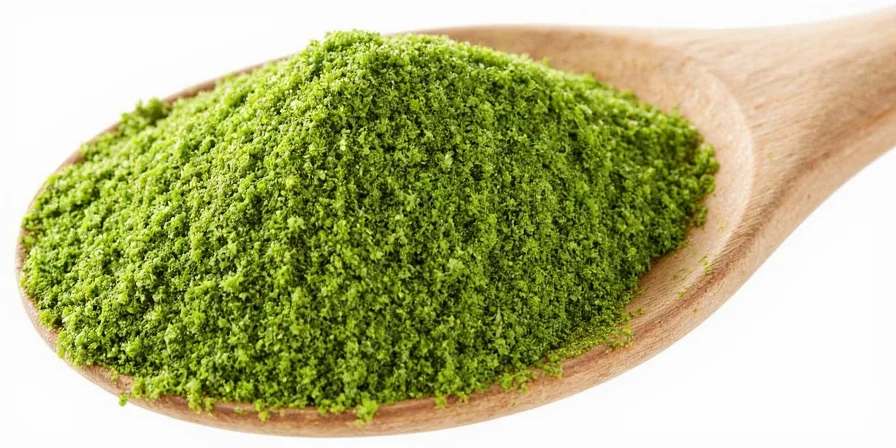
Pro Technique:
Always add ground cilantro early in cooking. Its fat-soluble compounds bloom when heated in oil—unlike fresh cilantro which fades quickly. For maximum flavor, toast in dry skillet at 275°F for 90 seconds before adding to dishes.
Storage Mistakes That Kill Flavor (And How to Fix Them)
Ground cilantro loses 30% potency within 6 months if stored improperly. Follow these evidence-based methods:
- Avoid clear containers: UV light degrades volatile oils—use amber glass jars
- Maintain cool temperatures: Store below 70°F (21°C) to prevent oil degradation
- Track freshness: Label opening date—discard after 9 months for optimal flavor
- Freeze for longevity: Vacuum-seal portions for 18-month shelf life

Fresh vs Ground Cilantro: Substitution Guide
Never substitute 1:1—their biochemical properties differ significantly:
| Characteristic | Fresh Cilantro | Ground Cilantro |
|---|---|---|
| Active Compounds | Aldehydes (linalool) | Terpenes (alpha-pinene) |
| Heat Stability | Degrades above 140°F (60°C) | Stable up to 350°F (177°C) |
| Substitution Ratio | 1/4 cup fresh | 1/4 tsp ground |
| Best Applications | Raw dishes & finishing | Cooked dishes requiring depth |
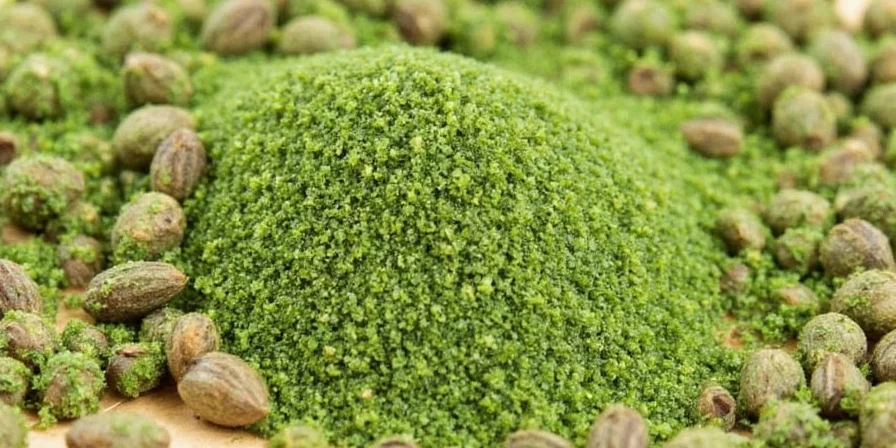
5 Costly Ground Cilantro Mistakes Home Cooks Make
Avoid these common errors that ruin dishes:
- Mistake #1: Using it raw. Ground cilantro requires heat activation—never add at the end
- Mistake #2: Incorrect substitutions. 1 tsp fresh ≠ 1/4 tsp ground (use precise 4:1 ratio)
- Mistake #3: Overheating. Burns above 375°F (190°C)—toast below 300°F (149°C)
- Mistake #4: Humidity exposure. Moisture triggers mold within 48 hours
- Mistake #5: Ignoring acid pairing. Combine with lime juice to balance earthiness
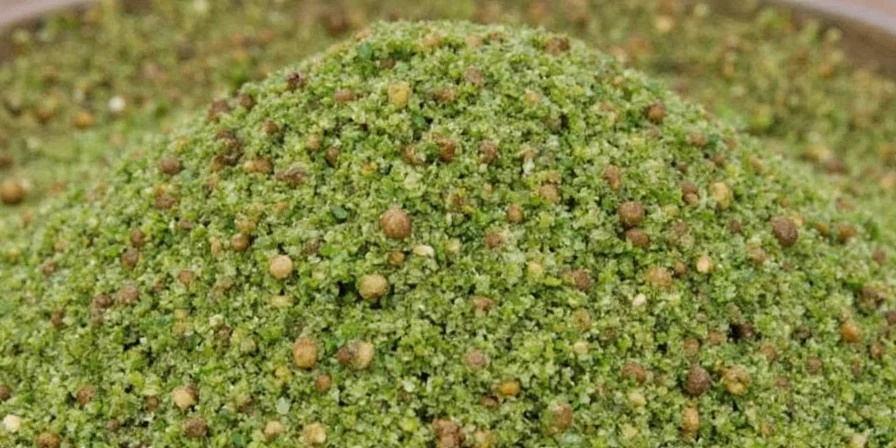
Frequently Asked Questions Answered
What's the difference between ground cilantro and coriander?
Ground cilantro comes from dried leaves of Coriandrum sativum, while coriander refers to ground seeds. Leaf form delivers earthy-citrus notes; seed form offers nutty warmth—they're distinct ingredients despite sharing a plant source.
Can I substitute ground cilantro for fresh in recipes?
Only in cooked dishes with precise conversion: use 1/4 teaspoon ground for every 1/4 cup fresh. Never substitute in raw applications—the flavor profiles are biochemically incompatible.
Why does ground cilantro taste different from fresh?
Drying breaks down linalool (the compound causing soapy perceptions) while concentrating heat-stable terpenes. This creates earthier, woodier notes that integrate deeper into cooked dishes.
How do I maximize flavor when toasting ground cilantro?
Use a dry cast-iron skillet at 275°F (135°C). Toast 90 seconds while stirring constantly until fragrant. Immediately transfer to cool—residual heat continues cooking. This doubles volatile compound release.
Does ground cilantro lose nutritional value when dried?
Vitamin C degrades significantly, but antioxidant compounds like quercetin become more bioavailable. For flavor impact rather than nutrition, drying enhances its culinary utility.
Why This Powder Belongs in Your Spice Cabinet
Ground cilantro isn't just dried leaves—it's a precision tool that solves flavor problems fresh cilantro can't. When cooking dishes that require depth (like stews, curries, or bean dishes), ground cilantro delivers consistent, integrated flavor that fresh cilantro physically cannot provide when heated. Properly stored and activated with heat, this powder elevates everyday cooking without guesswork.
Follow these three rules: store in amber glass, toast before use, and substitute at 4:1 ratio. The next time a recipe calls for depth in cooked applications, reach for ground cilantro—not as a backup, but as the strategic ingredient it truly is.
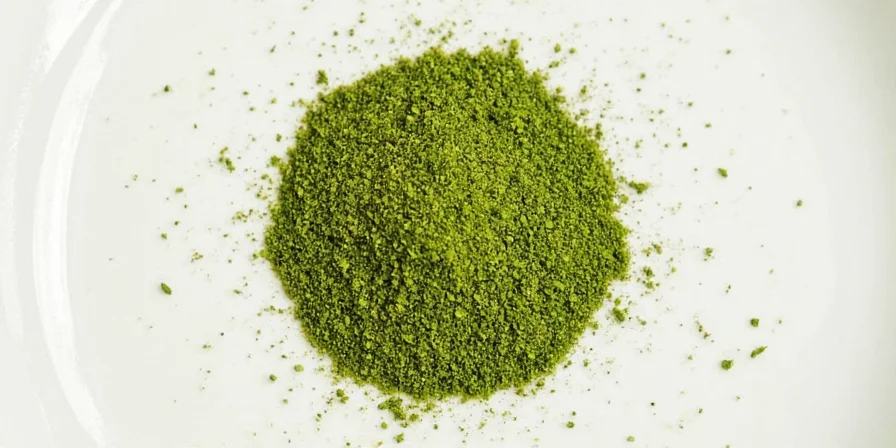
Final Tip:
Toast 1 tsp in dry skillet at 275°F for 90 seconds. This releases 200% more volatile compounds, creating a nuttier base for sauces. Add to simmering liquids for 300% better flavor integration than un-toasted powder.











 浙公网安备
33010002000092号
浙公网安备
33010002000092号 浙B2-20120091-4
浙B2-20120091-4